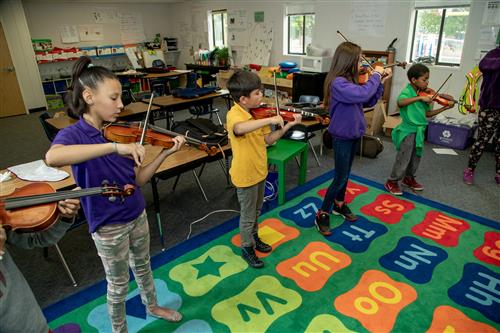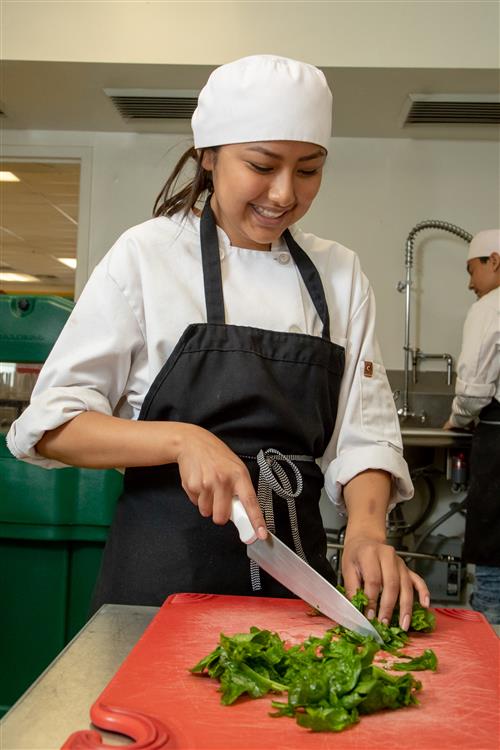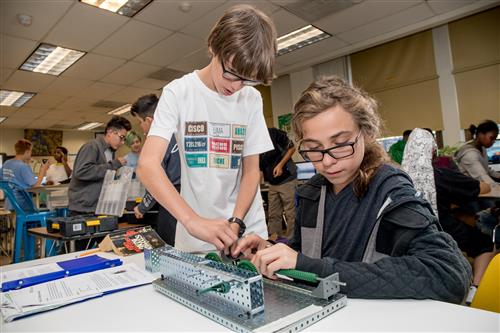Title IV
-
Purpose
Title IV, Part A of the Every Student Succeeds Act of 2015 is intended to improve students’ academic achievement by increasing the capacity of States, local educational agencies (LEAs), schools, and local communities to provide all students with access to a well-rounded education, improve school conditions for student learning, and improve the use of technology in order to improve the academic achievement and digital literacy of all students.Use of Funds
Use of Funds
-
Well Rounded Education

Activities to support well-rounded educational opportunities for students may include, but are not limited to:
- STEM programs
- Music and art programs
- Foreign language offerings
- The opportunity to earn credits from institutions of higher learning
- Reimbursing low-income students to cover the costs of accelerated learning examination fees
- Environmental education
- Programs and activities that promote volunteerism and community involvement
-
Safe and Healthy Students

Activities to support safe and healthy students may include, but are not limited to:
- School-based mental health services
- Drug and violence prevention activities that are evidence-based
- Integrating health and safety practices into school or athletic programs
- Nutritional education and physical education activities
- Bullying and harassment prevention
- Activities that improve instructional practices for developing relationship-building skills
- Prevention of teen and dating violence, stalking, domestic abuse, and sexual violence and harassment
- Establishing or improving school dropout and reentry programs
- Training school personnel in effective practices related to the above
-
Educational Technology

Activities to improve the use of educational technology in order to improve the academic achievement and digital literacy of all students may include, but are not limited to:
- Building technological capacity and infrastructure
- Developing or using effective or innovative strategies for the delivery of specialized or rigorous academic courses through the use of technology
- Carrying out blended learning activities (must include ongoing professional development for teachers)
- Providing professional development on the use of technology to enable teachers to increase student achievement in STEM areas
- Providing students in rural, remote, and underserved areas with the resources to take advantage of high-quality digital learning experiences
- Providing educators, school leaders, and administrators with the professional learning tools, devices, content and resources to:Personalize learning
- Discover, adapt, and share relevant high-quality educational resources
- Use technology effectively in the classroom
- Implement and support school and districtwide approaches for using technology to inform instruction, support teacher collaboration, and personalize learning
Use of Technology Special Rule
At least 85 percent of the educational technology funds must be used to support professional learning to enable the effective use of educational technology. Districts may not spend more than 15 percent of educational technology funds on devices, equipment, software applications, platforms, digital instructional resources and/or other one-time IT purchases.
CONTACT
-
Sarah Szwydko
Manager, ESSA Title Programs
Non-Public & Institutions
Sarah_Szwydko@dpsk12.net
720-423-3197Sarah Szwydko
Site Manager
Sarah_Szwydko@dpsk12.net












